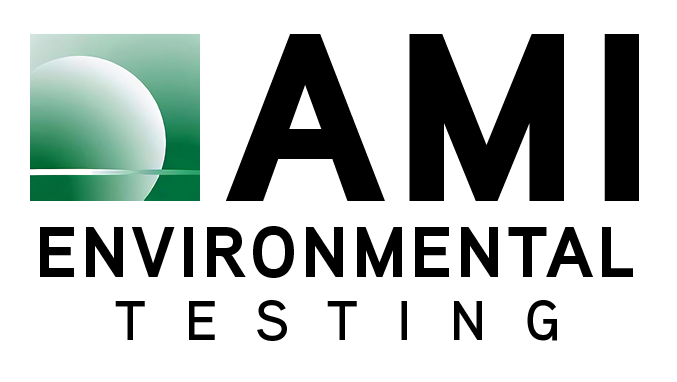In the pursuit of creating healthier interior environments, architects are increasingly turning to standards like ASHRAE Standard 241 as a blueprint for design and construction, particularly in critical spaces like schools and healthcare buildings. This standard, developed by the American Society of Heating, Refrigerating and Air-Conditioning Engineers, offers comprehensive guidelines for optimizing environmental efficiency while addressing crucial aspects such as ventilation, air quality, and infectious aerosol control.
When it comes to schools, architects play an essential role in implementing ASHRAE Standard 241 to enhance indoor air quality and create conducive learning environments. By incorporating advanced ventilation systems, efficient air filtration, and air cleaning technologies, architects ensure that classrooms are well-ventilated and free from airborne contaminants, thus reducing the risk of illness and promoting student well-being.
Similarly, in healthcare buildings, integrating ASHRAE Standard 241 principles are crucial in safeguarding the health and safety of patients, staff, and visitors. Through strategic design strategies such as dedicated ventilation zones, isolation rooms, and high-performance filtration systems, architects create environments that mitigate the spread of infectious diseases and support optimal patient outcomes.
Furthermore, architects leverage their expertise to tailor ASHRAE Standard 241 requirements to the specific needs and constraints of school and healthcare building projects. This includes considering factors such as occupancy levels, building layouts, and operational requirements to ensure that environmental standards are effectively implemented without compromising functionality or aesthetics.
By prioritizing factors like ventilation, air quality, and infectious aerosol control, architects contribute to creating environments that foster learning, healing, and well-being for occupants. As awareness of the importance of indoor environmental quality grows, architects will continue to lead the way in designing buildings that prioritize occupant health and safety.
June 18, 2024



